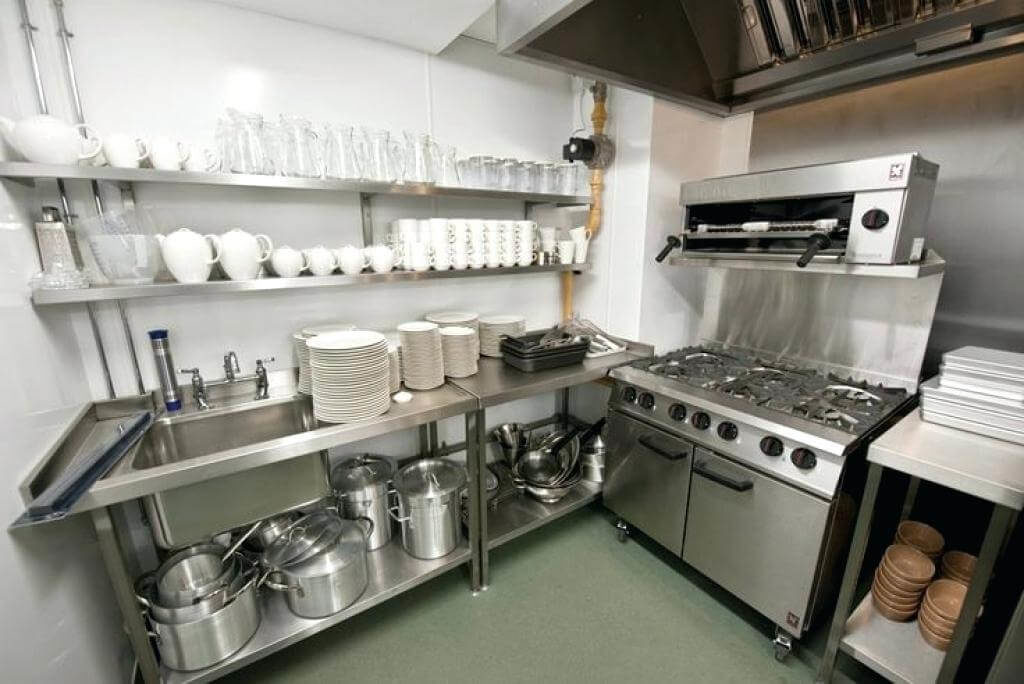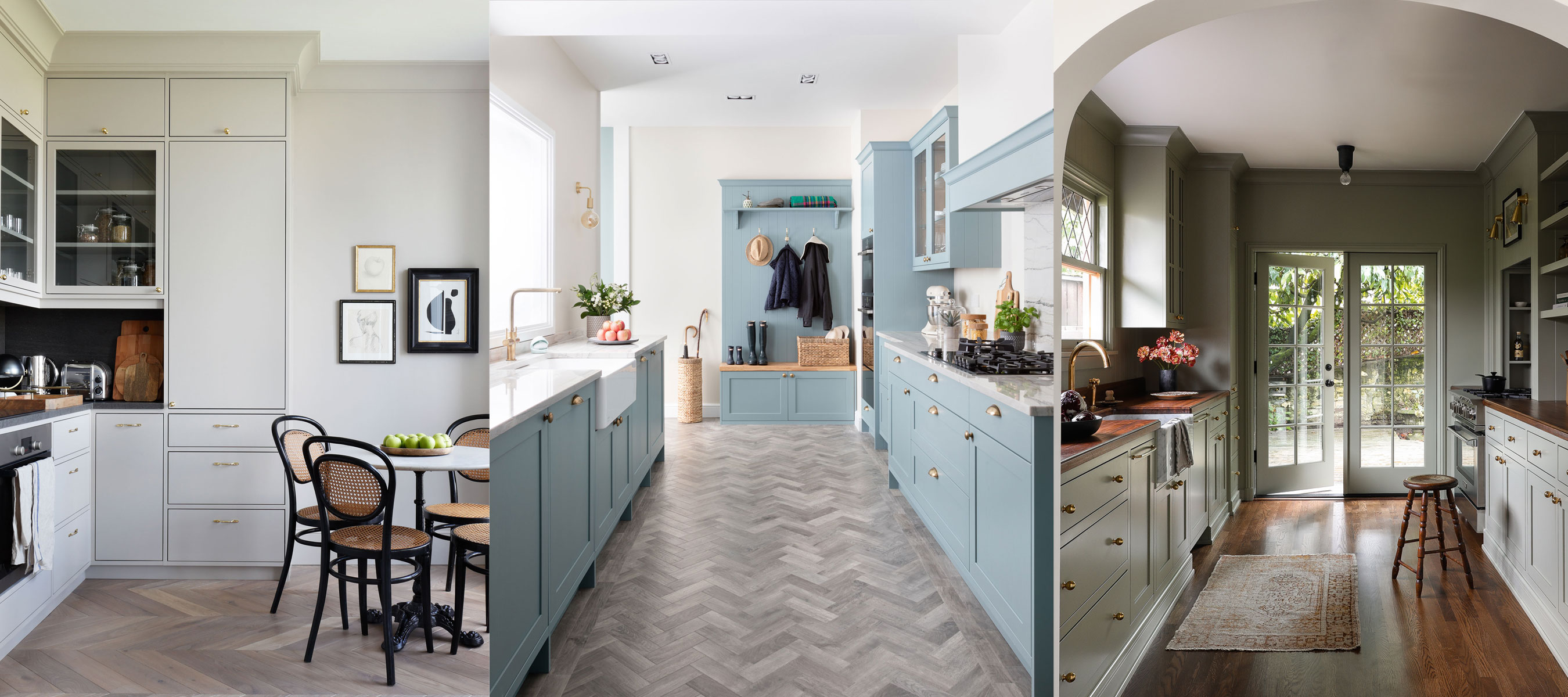When it comes to building a house in hot, arid climates, there are challenges that come along with building a structure in a climate that is well-known for extreme temperatures and changing moisture levels. Fortunately, there are several strategies and design principles that can help to make the most of these extreme climates. From proper materials selection and use of natural cooling strategies to passive design and eco-friendly building techniques, there are several ways to construct a quality structure that will last for many years. When choosing a house plan for hot, arid climates, opt for a design that takes advantage of the prevailing wind direction and features a deep and continuous roof line. The roof should extend over part of the sides of the house, providing more shade and protection from wind-driven rain. Openings should be placed to gather cool breezes while controlling the entry of air during hot, dry periods. Maximize the air circulation in the home by placing strategically wide eaves, deep overhangs, and grilles above windows and doors. Integrate shades on all windows and doors that face direct sunlight to reduce the amount of heat that enters the home. Cross ventilation should be included and encouraged, with windows placed on both sides of the home. Choose materials that are heat reflective to help reduce temperatures more efficiently, such as light-colored concrete, galvanized steel, aluminum, and brick. How to Design and Build a House for Hot, Arid Climates
For those looking to build a house in a hot, arid climate, there are some important tips to keep in mind. These tips enable a builder to create a sustainable and energy-efficient home without compromising on beauty and function. Firstly, research the climate and local weather conditions of the area. Know the temperature and humidity ranges, annual precipitation, and when does the hottest and coldest days usually occur in the area. This information helps in designing the house in the most energy-efficient manner. Secondly, consider the existing topography of the building site. Natural features, such as large trees or a shoreline, will help moderate and align energy-efficient site design strategies. Existing terrain should be absorbed into the design in order to minimize problems with flooding or erosion. Thirdly, select materials that are either thermally efficient or well-insulated. Prefabricated steel siding, for example, is better-insulating than metal siding, while asphalt siding is more energy-efficient than wood siding. Windows should utilize treatments such as insulated blinds and shades, exterior window coatings, and hurricane shutters to reduce the amount of heat gain or loss. Fourthly, maximize outdoor living areas. Porches, verandas, and patios provide shade and protection from ultraviolet rays. This adds to the comfort and energy efficiency of the home while also augmenting the living areas of the house. Fifthly, plan for efficient solar orientation. Orient windows and walls large enough to let in ample light and heat, but try to keep those which need extra shading facing away from the most active sun. Sixthly, maximize cross-ventilation in the home by selecting windows based on the prevailing winds. Properly-sized windows also help to reduce cooling costs while also ensuring healthy indoor air. Seventhly, select roofing materials that effectively absorb and release the sun’s energy. Asphalt shingles offer good reflectivity in hot climates, while lighter-colored standing-seam metal roofs help to deflect more heat. Eighthly, look into green building principles such as green roofs and xeriscaping, which involve planting plants that are better adapted to coping with droughts. Finally, make sure to choose energy-efficient appliances and electronics. This will help reduce the amount of electricity used in the home, saving both money and energy.9 Tips for Building a House in an Arid, Hot Climate
Modern house designs for hot and arid climates can take advantage of both passive and active design features to minimize the effects of the climate. Features such as solar orientation, insulation, ventilation, and shade can help. Understanding the basics of hot, arid climates and how to design a house for them can help to ensure an energy-efficient, comfortable home. The primary challenge posed by hot, arid climates is to ensure comfort and energy efficiency. Designing a house to take advantage of the climate and environment is necessary to minimize the impact of the weather. Design elements such as placement of windows, insulation, and appropriate materials help to keep the home comfortable year-round. One of the most common features of modern house designs in hot, arid climates is shading. Selecting the right materials and placement of shades effectively keeps damaging and oppressive sunlight away from the building. Properly designed and installed shades can both direct and filter light as well as reduce glare, providing a comfortable interior environment for the occupants. Insulation of the walls, floors, and ceilings helps to keep the interior of the home comfortable and reduce energy costs. When selecting insulation materials, be sure to use those that are good heat reflectors and can also reduce noise. Some insulation materials also resist fire, water, and moldbo when selecting insulation, keep this in mind.Modern House Designs for Hot and Arid Climates
Hot, arid climates present unique challenges when building a home. To ensure a comfortable and energy-efficient interior environment, careful consideration must be given to structure orientation, building materials, and insulation. Sustainable and eco-friendly house designs can be stylish while remaining energy-efficient. To build a stylish and sustainable home in the hot, arid climate, use the tips outlined below. Begin the design process by selecting materials that reflect sunlight and will help to keep the interior of the home cool. Light colors are great for reflecting sunlight, and light-colored painting for walls and roofing materials helps to deflect the sun’s heat and keep the home cooler. Select painting that is energy-effective, meaning it reflects more sunlight and lets less heat enter the interior. To maximize natural cooling in the home, select a house design that takes advantage of the prevailing breeze and features open spaces and operable windows to let in breezes. Install wide overhangs and deep eaves to provide shade to open areas and windows, allowing these spaces to remain cooler. Placement of trees and other vegetation in the landscape can help to create more shade and provide cooler areas for outdoor living. Consider using passive design principles to help with cooling and heating. Walls should be oriented to the south to maximize the winter sun’s light and minimize the summer sun’s heat. Insulation and double-paned windows create an additional barrier, helping to keep the interior cooler in summer and warmer in winter.Stylish and Sustainable House Designs for Hot, Arid Climates
Hot, arid climates present some unique challenges when it comes to building and maintaining comfortable temperatures. Building materials, house orientation, and appropriate insulation are essential elements of any well-constructed home in a hot, arid climate. In order to maximize comfort in hot and arid climates, building considerations such as those outlined below should be considered. Insulation is key to maximizing comfort in hot, arid climates. Roofs, walls, and floors of the home should be well-insulated using materials that provide an effective thermal barrier. This will help reduce the amount of interior heat transfer and make the inside environment more comfortable. When selecting materials for the home, look for ones that have a high reflectivity rating. In hot climates, the heat-reflective heat of construction surfaces helps to prevent heat from entering the home in the first place. Opt for materials such as light-colored concrete and galvanized steel, which reflect more sunlight than darker materials. In addition to materials, the orientation of the house can minimize the impacts of the climate. To maximize comfort, orient any large windows to the east, west, and north and away from the south. This reduces the amount of direct sunlight and heat that enters the home. Shade and overhangs should be incorporated on windows that face the most active sun.Maximizing Comfort in Hot and Arid Climates: Building Considerations
Incorporating Hot and Arid Climate Elements into House Design
 One of the major determinants of a successful house design is the climate that it will be built in. This is particularly true in hot and arid climates that boast
extremely high temperatures
and low moisture. When it comes to how to design a house that will be in such an environment, there are certain elements developers must incorporate.
One of the major determinants of a successful house design is the climate that it will be built in. This is particularly true in hot and arid climates that boast
extremely high temperatures
and low moisture. When it comes to how to design a house that will be in such an environment, there are certain elements developers must incorporate.
Materials
 The first step to designing a successful house is to choose the materials that will be used. In hot and arid climates,
building materials must be able to withstand the intense heat
. Materials such as concrete, stone, and
insulated foam
are popular choices because
they are less likely to break down
in extreme temperatures. Additionally, choosing materials that are non-combustible will also help the structure stand the test of time.
The first step to designing a successful house is to choose the materials that will be used. In hot and arid climates,
building materials must be able to withstand the intense heat
. Materials such as concrete, stone, and
insulated foam
are popular choices because
they are less likely to break down
in extreme temperatures. Additionally, choosing materials that are non-combustible will also help the structure stand the test of time.
Windows and Doors
 Another way to ensure a house design is successful in hot and arid areas is to focus on the
windows and doors
. Having several large windows along the walls will help
ventilate the home
when temperatures soar. Installing windows that can open to the outside will also help circulate the air while simultaneously keeping out bugs and wild animals. When it comes to choosing doors, it is best to opt for those with multiple seals along the edges to keep outside temperatures away from the interior.
Another way to ensure a house design is successful in hot and arid areas is to focus on the
windows and doors
. Having several large windows along the walls will help
ventilate the home
when temperatures soar. Installing windows that can open to the outside will also help circulate the air while simultaneously keeping out bugs and wild animals. When it comes to choosing doors, it is best to opt for those with multiple seals along the edges to keep outside temperatures away from the interior.
Home Layout
 When designing a house for hot and arid climates, it is best to arrange the structure in a way that will
maximize airflow
. Planning a layout that is focused on outdoor spaces, such as courtyards or near walls for additional ventilation is ideal for such areas. Additionally, having a floor plan that does not obstruct the flow of air will help keep the temperature down. This can be done by avoiding overly dense materials or layouts that limit air movement throughout the structure.
When designing a house for hot and arid climates, it is best to arrange the structure in a way that will
maximize airflow
. Planning a layout that is focused on outdoor spaces, such as courtyards or near walls for additional ventilation is ideal for such areas. Additionally, having a floor plan that does not obstruct the flow of air will help keep the temperature down. This can be done by avoiding overly dense materials or layouts that limit air movement throughout the structure.
Building Regulations
 Developers must also keep in mind any building regulations specific to their area. In hot and arid climates, some localities may have
strict building codes
to ensure the structure is safe and appropriate for such environments. Potential builders should reach out to the local governing body to find out what regulations must be met before building a house in these areas.
By following these tips, developers will be able to create a successful house design that is up to localcodes and can withstand the hot and arid environment.
Developers must also keep in mind any building regulations specific to their area. In hot and arid climates, some localities may have
strict building codes
to ensure the structure is safe and appropriate for such environments. Potential builders should reach out to the local governing body to find out what regulations must be met before building a house in these areas.
By following these tips, developers will be able to create a successful house design that is up to localcodes and can withstand the hot and arid environment.







































